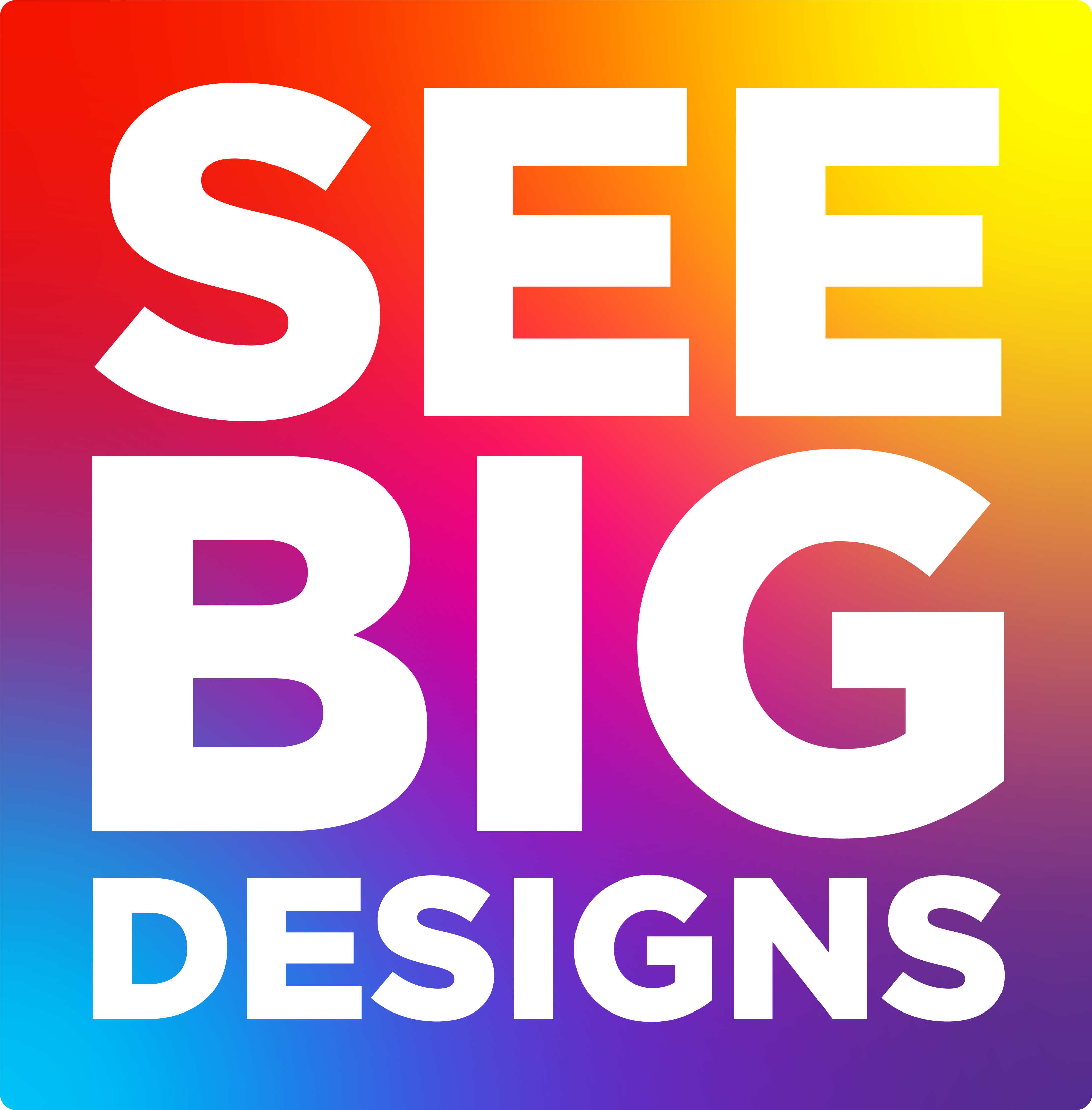Our guide to colors and emotions for Brand building
19th june 2021
Had white knuckles? green with envy, tickled pink.
You must have heard or used these phrases with the colors depicting the emotions. The white color is often symbolized as a sense of survival (or purity), green with jealousy, and pink with being happy.
“Color increases brand recognition by up to 80%.” – University of Loyola, Maryland study
Colors play an important role in brand building and help in developing an emotional connection with the customers. The 1st impression of colors on the customer is created by building the brand identity, starting from the logo to packaging, website design to social media, and physical branding to digital advertising, to link the product and services with its customers. Color has the power that can build the brand, and most of the startups lack information and are unable to create a user-centric color palette.
In this blog you will be able to understand the language of colors that explain your brand.
type of colors
When talking of emotions, colors are widely noticed as positive colors and negative colors. It is usually noticed that warm colors(red, yellow, orange) often share vibes of negativity and cool colors(blue, green, pink) are observed as the positive colors. Although, all this depends on the way it is used, communicated, and perceived by an individual.
Let’s say, for example, red being a warm color, can be represented as a color of love at places and as a sign of danger on the other hand. Similarly, blue being the world’s favorite color is used to give a calmed down effect and on the contrary has a cultural meaning of sadness and depression. This makes color psychology a difficult subject to understand, as there are infinite shades of a single color and along with them are associated the endless emotions of an individual.
It’s the key for designers to consider how the colors in the palettes interact with one another and how each shade affects the others.
Impact of colors on psychology
Visual communication designers and marketers are the major users of color psychology. Most of the brands today have highly invested in the concepts of color psychology to reach their targeted audience. The simplest and easiest ways are the advertisements that help the brands to connect with their customers emotionally.
Warm colors like red and yellow often give energy to the visual, and are highly visible as they pop up on digital and physical marketing materials. Although, on the contrary, yellow is a bright color and reflects high light, which can irritate the viewer’s eyes. So, it should be used carefully and in the right shade.
Cool colors give the feeling of calmness, but not always.
For example, green and purple are a combination of warm and cool colors (Blue+Yellow= Green and Blue+Red= Purple). Hence have a mix of characteristics of warm colors as well.
Did you know? The colors you use on the website, application, print media, social media content also make a change of mood on the customers buying patterns.
When customers see a red color on a product, it is taken as the product is on sale. If there’s a yellow color, they might stop for a moment and read the information. As yellow is the color that is highly visible to human eyes and grabs it’s customers attention.
Here are a few tips and tricks on what the major colors mean and where they can be used.
1. Rosy Red:
“Red color helps increasing attention at work”- The University of British Columbia study
Red is a primary warm color and is linked with love, danger, energy, and action. Most of the brands use red for their call-to-action buttons (order now), that is because red is considered to be the most intense color. If used correctly it can make your sales go high and if used too heavily, it might even make some customers leave. Some of the popular brands that use shades of red are Netflix, Lego, and Canon.
2. Energetic Yellow:
There is no blue without yellow and without orange. – Vincent Van Gogh
The Yellow color is associated with positivity, summer, happiness, optimism, and sunshine. Some of the popular brands in yellow are Ferrari, National geographic, Chupa Chups, Nikon, McDonald’s, and Ikea. It is a color of creativity, so it promotes new ideas and encourages people to think and be practical. Brands that inbuilt shades of yellow color in their identity are great communicators and marketers with enthusiasm, leading towards greater confidence and optimism. Some negative emotions associated with this color are judgmental, being impatient, cowardly, and lack of compassion.
3. Playful Orange
The color orange is of creativity, enthusiasm, success, adventure, and balance. It is a playful color and inspires people to take action. Due to this many websites are still using their call-to-action color as orange. For example, in the case of restaurants and food related businesses, orange encourages social conversations. A good combination of subdued versions of orange with aubergine, purple, and blue gives a contemporary look. Cheap, overly proud, superficial, insincere, and dependent are negative effects associated with oranges in businesses. Some of the popular brands are Glovo, JBL, Firefox, Nickelodeon, Blogger, Timberland and Fanta.
4. Trustworthy Blue:
“We believe that colors are subject to individual person’s choice, but research at University of Loyola supports the preferred colors between men and women. Blue is the most preferred color by men (42%) and women(29%).”
The Yellow color meaning is associated with positivity, summer, happiness, optimism, and sunshine. Some of the popular brands in yellow are Ferrari, National geographic, Chupa Chups, Nikon, McDonald’s, and Ikea. It is a creative color so it promotes new ideas and encourages people to think and be practical. People who like the yellow color are great communicators and love to talk with enthusiasm in their lives with greater confidence and optimism. Some negative emotions associated with this color are critical, judgmental, being impatient, cowardly, and lack of compassion.
5. Fit Green:
Green is associated with nature, money, growth, and health as few positive meanings and also have a negative meaning as that of envy. The color fits in well for the health and fitness brands and can have their logo and website with the same identity. Green is easily recognized by the human eye and is used to give a sense of relaxation. Brands that use green as their identity colors are WhatsApp, Starbucks, Spotify, Heineken, and Land Rover
92.6% of buyers consider color as the most important when purchasing a product. – The Seoul International Color Expo 2004
6. Ambitious Purple:
We run on purple time
A combination color of red and blue, provides a balance between inspiration and calmness in contributing to creative ideas. It adds brighter values and gives cool colors more energy. This can be a great color for website designing of digital products and services selling brands, in beauty products packaging, in luxury goods, etc.
Few known brands that have purple color as a packaging, logo identity and branding are Cadbury, yahoo, Hallmark
7: Romantico Pink:
Calmness, nurture, caring, loving, joy, innocence, compassion, feminine and romantic
Pink is the color of calmness, nurture, caring, loving, joy, innocence, compassion, feminine and romantic. In the light shades, it reflects feminine, sensibility, and youthfulness, whereas the darker shades represent healthy values, passion, and energy. It is known to be inspiring and warm. Due to its compassion, warmth, and hopeful nature, many NGOs and charity clubs use this color in their marketing. One of the websites shows softness, sweetness, and energy, so it is used to promote women’s products and services. We see many fashions, beauty, and cosmetic brands that symbolises pink as their main color. Brighter pink is mostly known in the teenage and kids market. Some brands like Airbnb, LG, Baskin Robbins, Barbie, Kylie Cosmetics, and Taco Bell are some brands that are truly known for their colors and identity with pink.
8. Pure White:
Color can increase the number of readers by 40%, learning ability from 55 to 78%, and comprehension by 73% -Embry, David, “The Persuasive Properties of Color”, Marketing Communications, October 1984
The symbol of a sleek and clean look. Apple represents the best values of white colors. It represents cleanliness, simplicity, innocence, neutrality, and independence. It also represents new beginnings and promotes new ways for creation. Due to its clean nature most medical centers, dentists use this as their main color. The white color also represents the negative side of its emptiness, isolation, cautions, and boredom.
Some examples of high end brands that use WHite as their identity are- Chanel, The north face, BBC, Cartoon Network
Which color would you go with your brand identity or rather I would say, which color represents your identity?
Let us know in the comment section below, what do you think of colors.
Related blogs...
Why should you hire a small design studio?
Why should you hire a small design studio? 17th August...
Read MoreWhy every company needs a website? Best strategies that work to earn money in 2021
WHY EVERY company need a website? Best strategies that work...
Read MoreBest color combinations to make brand shine
Best color combinations to make brand shine 6th July 2021...
Read MoreThe importance of Minimalism “Less is More” design trend, learn from experts
The importance of Minimalism “Less is more” design trend, learn...
Read More



